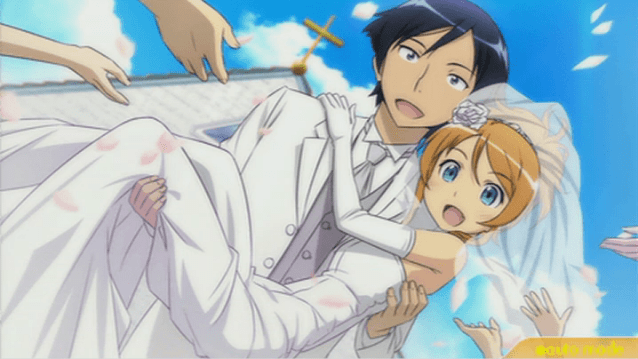
When I started to research this topic after noticing just how many anime on Crunchyroll center on this lately, I had wondered if it was unique to anime. But it turns out that western Romantic literature teems with incest between siblings and cousins. Lord Byron writes about it in Manfred, and Mary Shelley’s Frankenstein features an incestuous relationship between Victor Frankenstein and his cousin Elizabeth. Throughout romantic literature is a single theme: love is agony (Reed, 2012). Manfred describes his sister using this theme:
She was like me in lineaments—her eyes,
Her hair, her features, all, to the very tone
Even of her voice, they said were like to mine;
But soften’d all, and temper’d into beauty;
She had the same lone thoughts and wanderings,
The quest of hidden knowledge, and a mind
To comprehend the universe: nor these
Alone, but with them gentler powers than mine,
Pity, and smiles, and tears—which I had not;
And tenderness—but that I had for her;
Humility—and that I never had.
Her faults were mine—her virtues were her own—
I loved her, and destroy’d her!
In Frankenstein, Victor accounts of how painful his affection for his cousin is:
“Sometimes, indeed, I felt a wish for happiness; and thought, with melancholy delight, of my beloved cousin.”
He goes on:
“At these moments I often endeavoured to put an end to the existence I loathed; and it is required unceasing attendance and vigilance to restrain me from committing some dreadful act of violence [upon myself].”
Romantic period literature introduced a sibling story line we’ve seen in Star Wars. A brother and sister were separated a birth and fall for each other only to learn about their blood relationship after they become involved. Only Luke and Lea didn’t get as involved as in Romantic period stories. Anime usually involves stories where the siblings grow up with each other. Sometimes they go through a period of separation. Of course, the siblings aren’t always blood relatives, such as Sword Art Online’s Kirito and Leafa. Nor do they always develop full romantic relationships. Anime likes to flirt with sibling romance rather than fully commit as English Romantic literature does. But anime fans would readily recognize the 3 main relationships found in Romantic literature (Richardson, 1985):
- Erotic relationships between foster brother and sister who are raised as siblings and believe they are blood relatives.
- Brothers and sisters who are close and share a common fate but lack a sexual relationship.
- Brothers and sisters who share a sexual relationship.
The first type of relationship is the most common in the literature and fairly common to anime too. All three types involve a death of sort sort that relates to the consummation of the siblings’ romantic feelings. The death may be a physical death or an emotional death, but either way, the theme ties back to the idea that love is pain. I have to point out that anime touches on this theme in many stories too. Oreima, for example, while not a full-on incestuous romance touches on how the taboo of incest can make the feelings of affection feel painful and unnatural. Romantic writers linked pain with pleasure, considering them inseparable. Incest, with its pleasure and destruction (incest being unacceptable) represents the single theme that captures the Romantic view (Reed, 2012).
The Taboo of Incest
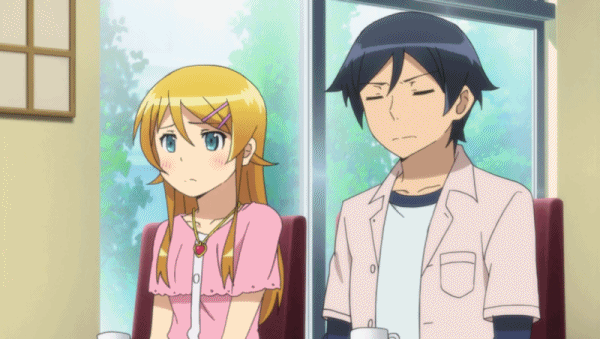 Among traditional societies, death was the most common form of punishment for sibling incest (Yates, 2016). Most societies, but not all, have a taboo against sibling relationships. There are times when this taboo broke down, such as during Ptolemaic Egypt. Language sometimes confuses things. People sometimes think all of Egyptian history involved incest among the pharaohs. Hawaii and Peru also confuse because of the custom of referring to a spouse as sister or brother and how the language didn’t distinguish between siblings, cousins, and unrelated peers (Bixler, 1982). Sometimes incest isn’t a matter of language. During the 2nd and 3rd centuries, it was common for lower class brothers and sisters in Roman Egypt to marry.
Among traditional societies, death was the most common form of punishment for sibling incest (Yates, 2016). Most societies, but not all, have a taboo against sibling relationships. There are times when this taboo broke down, such as during Ptolemaic Egypt. Language sometimes confuses things. People sometimes think all of Egyptian history involved incest among the pharaohs. Hawaii and Peru also confuse because of the custom of referring to a spouse as sister or brother and how the language didn’t distinguish between siblings, cousins, and unrelated peers (Bixler, 1982). Sometimes incest isn’t a matter of language. During the 2nd and 3rd centuries, it was common for lower class brothers and sisters in Roman Egypt to marry.
There are two explanations as to why the taboo is almost universal, the Freudian view and the Darwinian view. In the Freudian view, incest is a universal feeling that must be repressed. The Darwinian view considers the taboo to be a built-in avoidance mechanism because incest hurts the ability of genes to survive (Tidefors, 2010).
Despite the near universality of the sibling relationship taboo (blood relatives or otherwise), modern studies have found incest to be more common than originally thought. Some of these studies seem to contradict each other, but the problems come from the definitions used in the studies. Surprisingly, the definition of sibling incest varies–some require one or both parents in common. Others count it as among those who call themselves as a family. The definitions of sexual relationships also varies from study to study. And these definitions give us the variety of numbers we will see, but in the end, it seems sibling relationships are common enough to explain why anime and English literature feature them.
Medical Studies of Incest
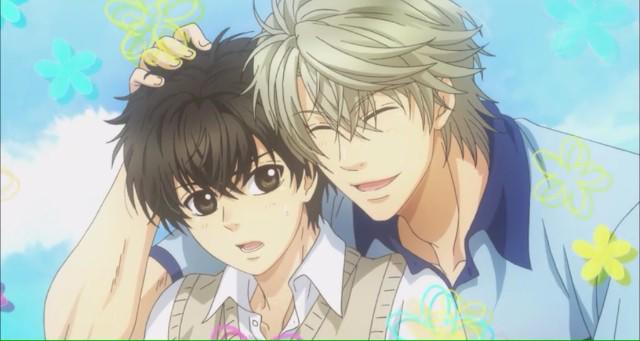
In a study in the 1980s, a sibling incest study in New England found such behavior in 25% of respondents and the majority of them regarded it as a positive experience. This study and others like it, shaped medical professionals’ view that sibling sexual behavior is usually harmless. This view leads many to downplay sibling sexual abuse as a problem. Other studies estimate anywhere between 2%-13% of the general population has engaged in sibling incest behavior during childhood. Again, definitions explain the strange data ranges (Yates, 2016). Researchers have drummed up a few other trends (Kokkola, 2016): most incidents happen between 13-15 years of age and consensual fondling is the most common event with 80% of respondents reporting this in various studies.
The taboo of incest along with the apparent commonness of it makes it hard for medical professionals to know what is medically normal and what is abusive. Literature and anime also normalizes what is essentially abuse. From the medical studies I’ve read, abuse comes down to a few indicators. Harmful sexual behavior usually distracts the siblings from other important developmental tasks” but defining what is harmful is still up for debate (Yates, 2016). The three indicators: large age gaps between involved siblings, the use of threat or force, and the use of bribes and other forms of manipulation. What constitutes normal sibling sexual behavior remains unclear to medicine, making it more difficult for nurses and other professionals to know when they are required to act.
Parents shape the chances of sibling incest. Researchers have found families with parents who are victims of abuse sometimes reinforces abusive behavior between siblings–including witnessing abuse and not stopping it, such as what happens in Oreima. Parent absence results in a higher degree of bonding between siblings and that comfort-seeking can become sexual (Tidefors, 2010).
Westermarck and Childhood Friends
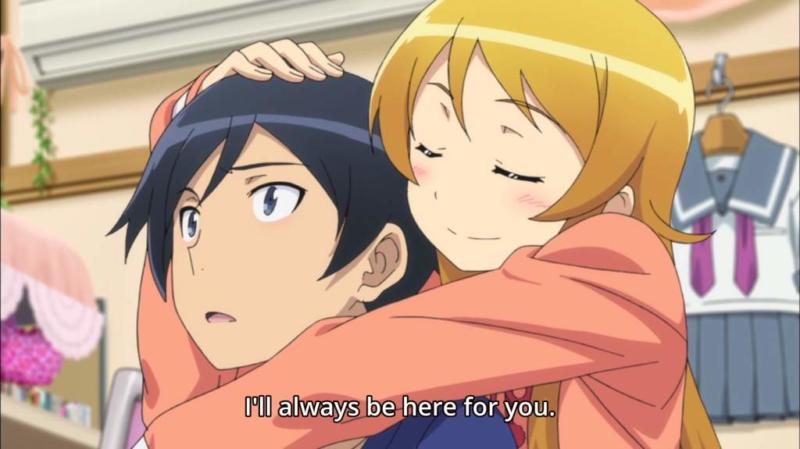
However, more studies support Westermarck’s conclusion. A 2003 study found a correlation between the time children live together and sexual aversion in males and females. Females also report higher aversion than men. De Smet’s study (2014) was the first to study women and this aversion:
Our study is the first to indicate that, at least in women, frequently shared “sibling-typical” experiences (i.e. bathing together and sleeping in the same bedroom) with an opposite-sex sibling during early childhood (0–6 years) correlates positively with later sexual aversion…
The studies that support Westermarck’s idea suggest blood-relationship doesn’t matter as much as time spent together during the most formative years. Romantic literature mostly ignores Westermarck, but anime often follows this observation. In many–though not all–sibling romance stories, there is some type of early childhood separation, either emotional or physical, that halts the bonding process found to correlate with incest aversion. Of course, this becomes comedy fodder when a sibling or childhood friend, often the lady, wants to try to recapture this lost bonding by bathing with the guy. Westermarck explains why the childhood friend rarely becomes the protagonist’s romantic interest: they are too close. Of course, this is also a piece of the rom-com formula anime has perfected.
Anime doesn’t focus as much as the Romantic period on the idea that love is agony. If anything, anime finds love amusingly awkward, but I guess you could argue that embarrassment can be painful. Anime, like the Romantics, enjoys flirting with the sibling incest taboo. As Kokkola (2016) points out, sibling relationships disgust and fascinate. The dichotomy of comfortable bonding and understanding with the taboo against such relationships attracts many people. After all, forbidding something makes people curious. As we’ve seen, incest has deep roots in history and language. Most cultures have forbid it, and it appears humans have natural mechanisms that reduces attraction toward those we share childhood.

Sibling relationships aren’t unique to anime. English Romantic literature teems with it more than anime does today. It is a relatively small subgenre of romantic comedies. Sibling relationships of all stripes gains more appeal as we fragment and struggle to connect with others. Communication has become superficial and rife with problems. Siblings, on the other hand, mostly skip the awkward getting-to-know you period. They also share a closeness (usually) that many romantic couples wish they could achieve. While the Romantics viewed sibling relationships as the best representation of “love is agony,” anime views sibling relationships as a stand-in for the state of relationships today–often a forbidden place rife with problems but still containing a deep level of connection people often can’t achieve.
Of course, anime avoids the problems of real-life incest: abuse, psychological issues, and birth defects. It avoids the fact Japan forbids sibling marriage even if it doesn’t criminalize such relationships (Kokkola, 2016). Despite these problems, anime will continue to explore these relationships for as long as audiences remain interested. Sibling relationship stories will remain a part of world literature because of its built-in conflict and tension between disgust and appeal.
References
Bixler, Ray. (1982) Sibling Incest in the Royal Families of Egypt, Peru, and Hawaii. The Journal of Sex Research. 18 (3) 264-281.
Bryce, Mio (2008) Another half and/or another individual: representation of twins in manga. The International Journal of the Humanities. 5. 143-153.
Kokkola, Lyida & Valovirta, Elina (2016) The Disgust that Fascinates: Sibling Incest as a Bad Romance. Sexuality & Culture. doi: 10.1007/s12119-016-9386-6.
Reed, Mandi (2012) The melancholy of sibling incest in British Romanticism. LOGOS: A Journal of Undergraduate Research. Fall 2012. 111-120.
Richardson, Alan (1985) The Dangers of Sympathy: Sibling Incest in English Romantic Poetry. Studies in English Literature. 1500-1900. 25 (4) 737-754.
Tidefors, Inga, Arvidsson, Hans, et al (2010) Sibling incest: A literature review and a clinical study. Journal of Social Aggression. 16 (3) 347-360.
Yates, Peter (2016) Sibling sexual abuse: why don’t we talk about it? Journal of Clinical Nursing. 26, 2482-2494.
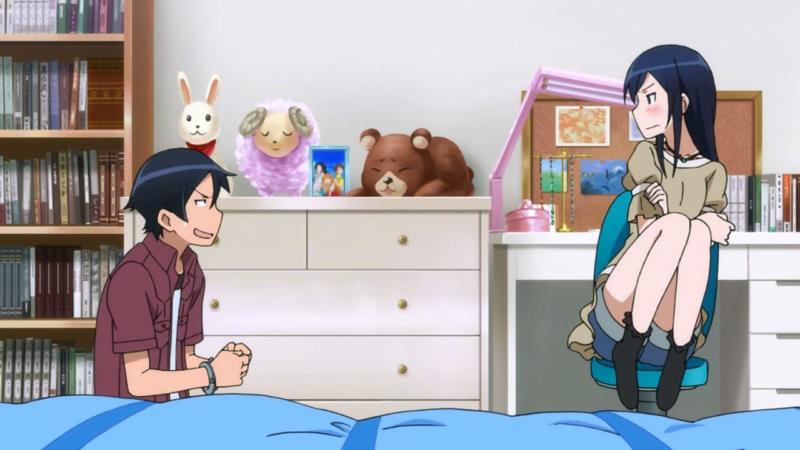
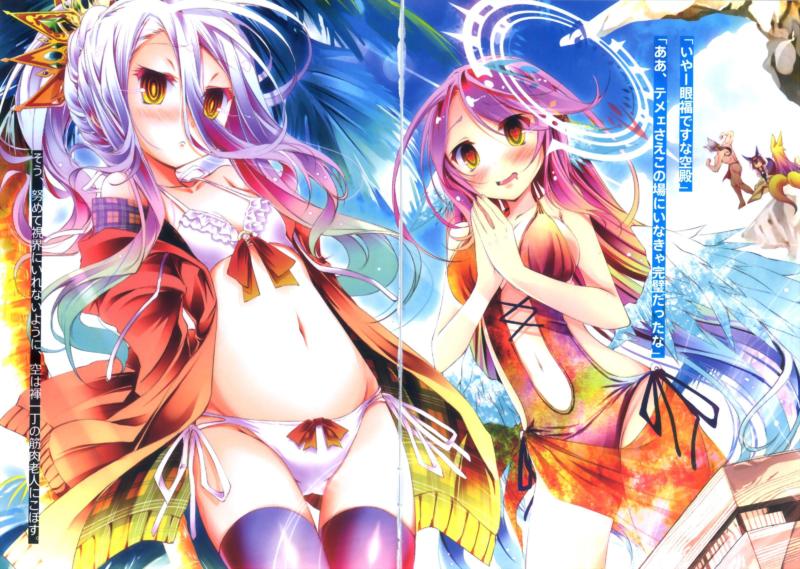
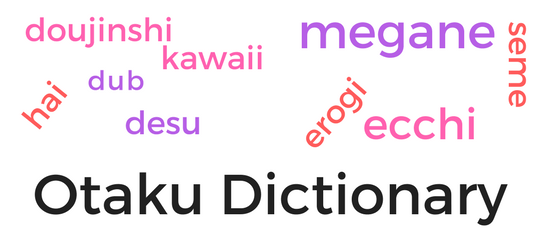
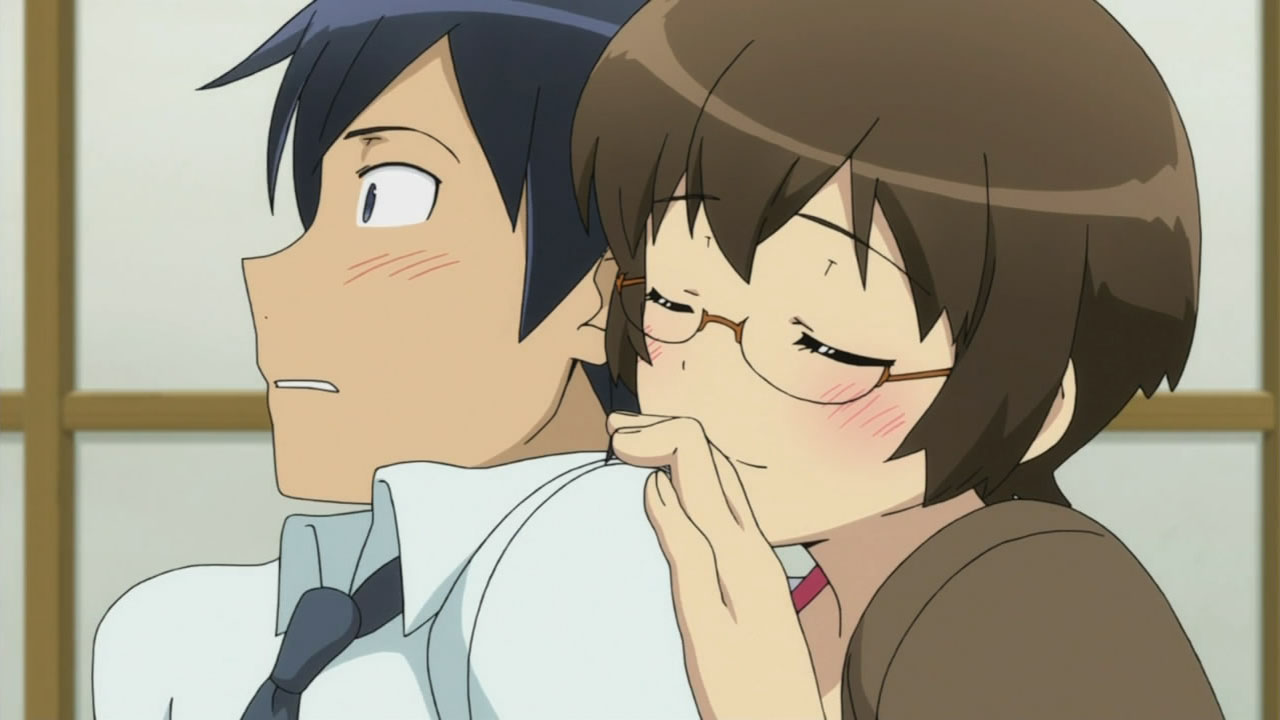
I’d like to point out that Luke and Leia kiss once, which is Leia trying to make Hans jealous, then never bring up their relationship again. Then in the next movie it’s revealed their siblings, and again their romantic relationship is never talked about. There are also kisses in the comics, before it was revealed they were siblings, which would have NEVER been allowed through if it was known they were siblings. This, along with George Lucas’ notoriously sloppy way of writing, indicates more that he switched tracks then he intended incest as a plot point. It’s also something fans have roasted him for repeatedly, AND something that was cut from future releases of the movie, so it’s not like it was well received. The incest in Frankenstein was also not carried over to any adaptations (or at least none that I’m aware of). Anytime incest appears today in popular Western media, it makes the audience uncomfortable. So yes, there are instances of it in Western literature and media but it’s never received well by the general populace and also can brand the creator as someone who has worrisome sexual fantasies.
Incest has become associated with anime/Japan because it’s so casually implied…or outright talked about. Sword Art Online did not need Kirito’s little sister panting after him, but it was there…and no one thought to cut it out of the anime either. Because no one who had a hand in creating any of it thought it was an issue, or cared if international audiences didn’t like it.
Star Wars’s poor writing still follows the Romantic taboo sibling themes, so I wonder if there isn’t some unconscious mechanism at work. You are correct though. Incest doesn’t have the same history of acceptability as in the Mid-east (with Egyptian nobility) and Asia (with incest among nobility in both China and Japan). The acceptability never extended beyond the nobility, however. So it’s curious it has spilled into anime.
It wasn’t to make Han jealous, wtf?!? It was motivated by two very different factors: 1) her desire for him to stop sexually harassing her as he had long been doing, and at this point it was clear Han was so sexist that “Leave me alone” wasn’t enough and the only way that would work was for Leia to show him that she already “belonged” to another man. At this point of the film, Leia still held no feelings for Han, which were only spurred later by his imminent death (and, obviously, misogynistic writing, but that’s out of universe). 2) The mutual romantic tension between Leia and Luke, which had been going on since their first encounter in the previous film and didn’t get resolved until the lazy “Oh, turns out we can’t have a relationship after all” copout. The build-up to the kiss you mention can be seen very clearly here: https://www.youtube.com/watch?v=Dta4WtQLB7Q
And as a side note, Leia kissed Luke again at very end of the film, well after she’s porefessed her love for Han. Make of that what you will.
With the way Star Wars played, I had long thought the brother and sister aspect of Luke and Leia’s relationship was a last-minute addition rather than playing a straight, non-incestuous romance. The romantic relationship was then shifted to Han and Leia.
commenting because I stumbled upon this blog and this article quite by random, and was very pleasantly surprised to note that this is one of the few (english language) articles I’ve found discussing incest in anime that tries to look at it from different angles and doesn’t resort to generalizations about Japanese or Asian cultures and morality. I have been curious about this subject before, and was very frustrated that other articles or blog posts I had found about it tended to completely ignore examples of incest in western literature and culture, rather drawing conclusions with questionable implications, like “Japan (and/or Asia) is just inherently weird and sexually deviant, unlike the West” which as an Asian person has always rubbed me the wrong way. I definitely think there are Japanese and Asian-specific ways in which incest and familial relationship tropes manifest in particular stories, but overall like you articulate in this post it is a subject that has fascinated people all over the world throughout history. Definitely saving this to refer to when the subject comes up in future discussion!
I’m glad you found the article helpful. Western societies have long literary traditions surrounding incest. I’m uncertain why Asian societies have become associated with incest in Western thinking, considering Egyptian society and, to a certain degree, medieval Europe had in-family marriages.
Eu seria a favor do incesto no mundo se não fosse a questão da genética, minha visão é a visão darwiniana, mas no caso dos animes não tem isso de ter filhos deficientes, então eu amo incesto nos animes.
Quite a few people would agree with you if genetics wasn’t a problem for incestuous relationships. Although I suppose sterilization would be an option.